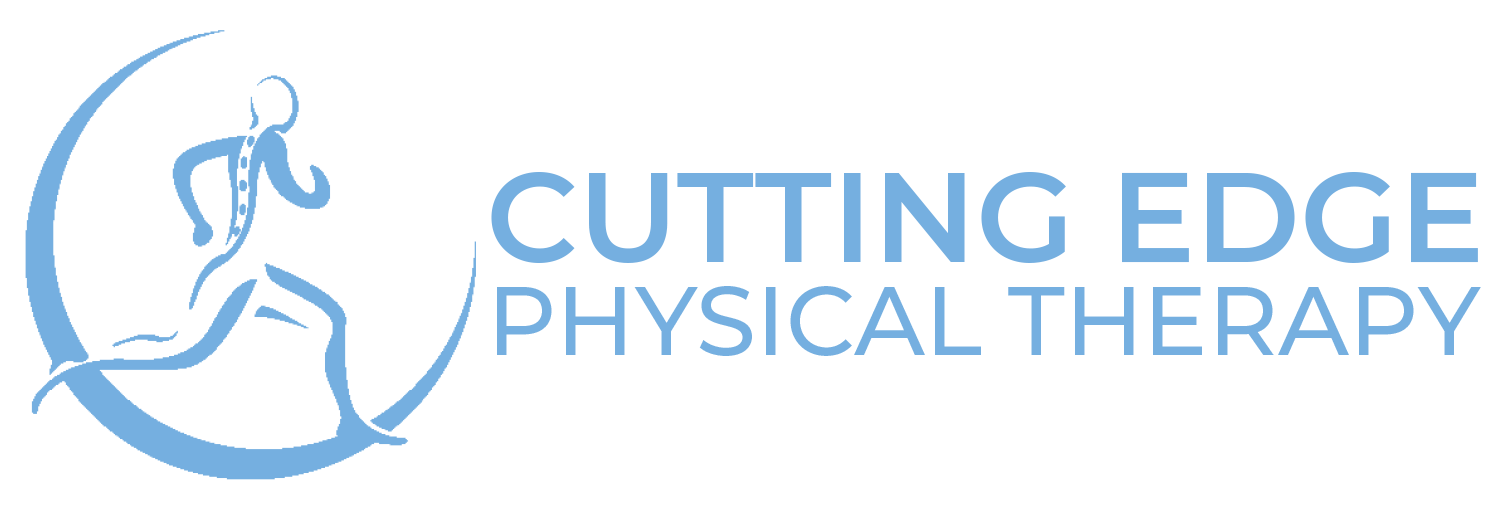Neck Physical Therapy
Neck pain can result from a variety of causes, ranging from overuse injuries and whiplash to diseases such as rheumatoid arthritis and meningitis. For example:
- Injuries: Rear-end collisions often result in whiplash injuries which occur when the head is jerked forward and then backward, stretching the soft tissues of the neck beyond their limits.
- Muscle strains: Overuse often triggers muscle strains. Neck muscles, particularly those in the back of your neck, become fatigued and eventually strained. When you overuse your neck muscles repeatedly, chronic pain can develop. Even such minor things as reading in bed or gritting your teeth can strain neck muscles.
- Worn joints: Just like all the other joints in your body, your neck joints tend to experience wear and tear with age, which can cause osteoarthritis in your neck.
- Diseases: Neck pain can sometimes be caused by diseases like rheumatoid arthritis, meningitis, and cancer.
- Nerve compression: A variety of problems in your neck’s vertebrae can reduce the amount of space available for nerves to branch out from the spinal cord, including:
- Stiffened disks: As you age, the cushioning disks between your vertebrae become dry and stiff, narrowing the spaces in your spinal column where the nerves exit.
- Herniated disks: This occurs when the inner gel-like material of a disk protrudes through the disk’s tougher outer covering. The protrusion can press on the spinal cord itself or on nerves exiting the spinal column, causing arm pain or weakness…
- Bone spurs: Arthritic joints in your neck can develop bony growths that may press on nerves.
Studies show that treatment by a physical therapist can provide both short- and long-term relief for people with neck pain. We can design a program tailored to your specific needs to relieve your neck pain and improve mobility without expensive surgery or side effects of pain medication.
Information courtesy of the Mayo Clinic and American Physical Therapy Association.
The Cutting Edge Difference

Specialty-Level Care
Target your discomfort at the source with a customized treatment plan.

More Board Certified Experts
Experience high-quality care from a team you can trust.

Intentional Care
Enjoy individualized, compassionate care.
Frequently Asked Questions
If we are asking you to do something that is hurting too much, let us know! Physical therapy should not be severely painful. It is not common to be so sore that patients are in pain or it affects their daily life. If this ever happens during or after an appointment, let us know and we will adapt your program.
We recommend budgeting 40-60 minutes for a typical therapy session. The only exception to this will be your first visit, which can take about 20 minutes longer due to the physical therapy evaluation your therapist will provide. We also recommend showing up about 10-15 minutes early to your first visit. This way, you can complete the paperwork before your visit time and streamline the process.
A typical order for physical therapy will ask for 2-3 visits per week for 4-6 weeks. Sometimes the order will specify something different. What generally happens is for the first 2-3 weeks, we recommend 3x per week. This is because it will be the most intensive portion of your treatment. After that, it is common to taper to 2x weekly, based on your level of function and progress.
Yes. Physical therapy works based on the science of how the body rebuilds and heals. The biggest killer of progress is inconsistency. We recommend adhering to your prescribed sessions agreed upon in your PT Eval to achieve desired results.
A physical therapy visit lasts about 40-60 minutes. The actual contents of the visit vary based on your diagnosis/need, but typically what happens is:
- You check in with the receptionist, make any appointments necessary, and we discuss your health insurance benefits with you.
- You go into the gym. You can change clothes if you need to, then begin therapy.
- You perform 6-8 various exercises and stretches. These can include therapeutic band exercises, light body weight exercises, or minimal weights. The stretches will promote strength, stability, improved range of motion, and pain relief.
- We can initiate other techniques to include manual work, taping, cupping, and dry needling as needed.
- The therapist makes recommendations based on your progress. These can include altering the frequency of visits, making additions/alterations to your home exercise plan, or things to do before your next visit.
